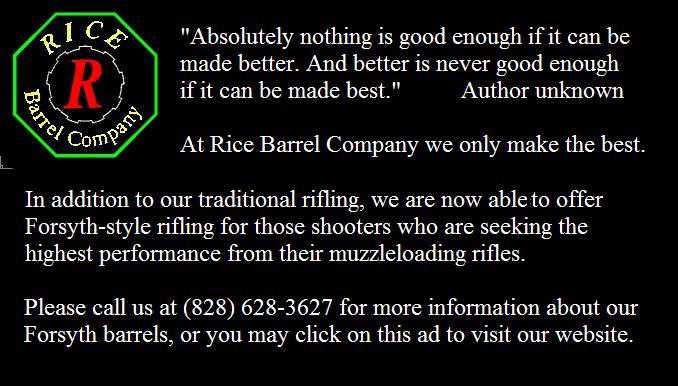Since running the post about Keith Duncan’s underhammer action I have received a few e-mails and a Comment on the blog asking pretty much the same question - How did he set up the hammer and trigger? – as there was no photo that showed any detail along those lines. What they mean is, How did he arrange the notches in the hammer so the trigger will work properly?
Hammer/Trigger geometry is a subject that apparently is little understood by many novice gunbuilders. I know it had me confused when I first ventured from the safety of factory made lockplates. When building a standard sidelock gun we don’t need to be too concerned about sear notches as they are already set up properly in the lock that we buy. But when building an underhammer action – especially from scratch - you have to be the engineer and figure out the angles and arcs and pivot points and balancing of spring tensions in order to create a lockworks that actually works - safely.
However, there really is no great mystery about hammers and triggers and how they should work together in a safe and predictable manner – once you understand the concept of resistance and how to safely hold that hammer at bay and still have a nice trigger pull.
The diagram below should help illustrate the proper relationship of hammer to trigger and how the half-cock notch fits into the equation. I apologize for the fuzziness of the graphic, but click on it and it will enlarge for easier reading of the text. In the meantime, I'll investigate why the text is so fuzzy and perhaps have a better graphic in the near future.
Careful observation indicates that the hammer's full-cock notch is cut or filed on a plane that bisects the center of the hammer pin. Cutting the angle at 0 degrees will result in a safe and clean trigger pull. However, it can readily be seen that cutting an angle that deviates to one side or the other of the center of the hammer pin will result in an inclined surface. Such a condition will either encourage the trigger to slip off the hammer notch with the slightest nudge of the trigger - definitely an unsafe condition - or the trigger will have to “climb” the inclined angle to release from the sear notch. This results in a heavy or creepy trigger because the trigger has to also fight the tension of the hammer spring.
If you notice in Figure 2, the face of the trigger’s sear is cut so that when engaged with the hammer’s full cock notch, the hammer will be pulling directly upon the center of the trigger pivot pin. That is all that is needed to captivate the hammer IF those angles are cut correctly.
One other feature that should be considered is that the edge of the half-cock notch should be the exact same distance (or less) from the center of the pivot pin of the hammer as the full cock notch. If the edge of the half-cock extends beyond that arc, the trigger sear may catch on the edge of the half-cock when the trigger is pulled free of the full-cock notch. The result could be a breaking of the trigger or the half-cock notch, or both.
Obviously this is just a simple diagram to illustrate the basic theory. Your particular design might vary somewhat, however, if you take your time and think it through and apply the simple mechanical principles seen here, you should achieve a safe trigger mechanism without too much fuss.
Hope that’s been helpful, however, if you still have questions, please feel free to e-mail them in or post your questions in the Comments section by clicking on the Comments link below.
Cheers!





3 comments:
Wow, that was quick. Thanks alot for the picture. That was the one I was looking for. Now that I have studied it, it does seem pretty simple to figure out. But, if I run into trouble I will e-mail you.
Thanks again.
Anonymous
Good info, thanks for the detail! 8)
I agree that safety is a good thing but it certainly was not back when some of the originals were made. Just look at the Kendall and Hilliard diagrams and you will see only 1 notch in the hammer for the projection on the trigger to go into.
Post a Comment